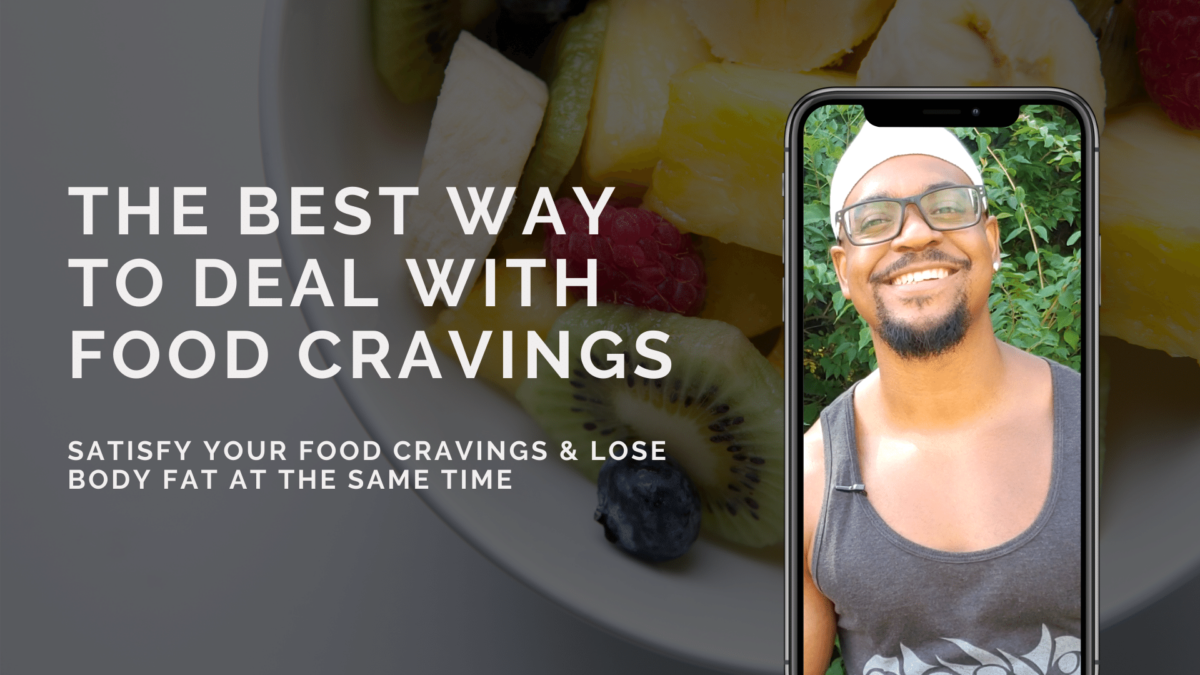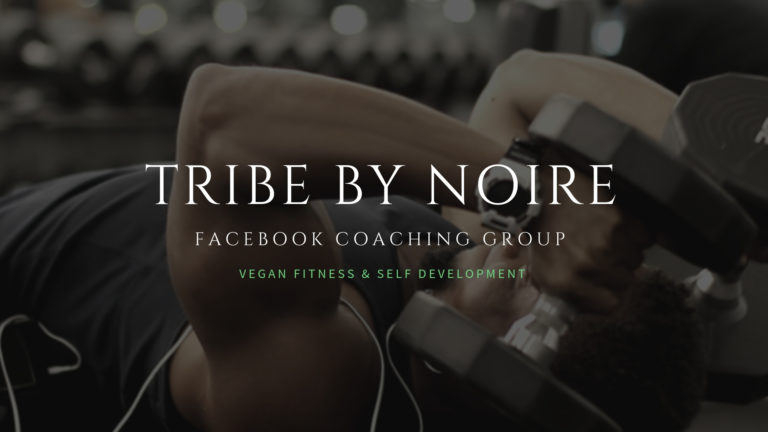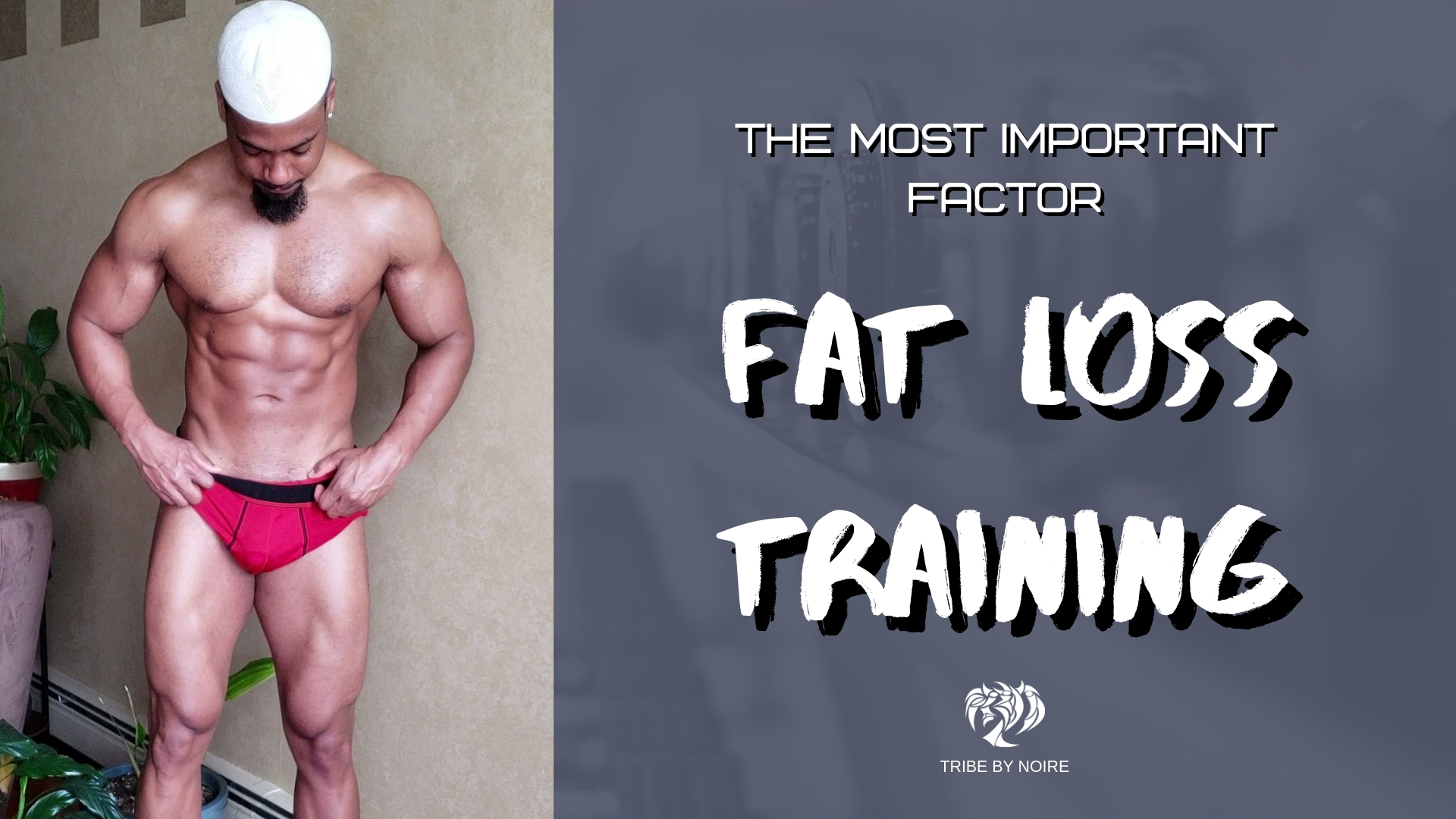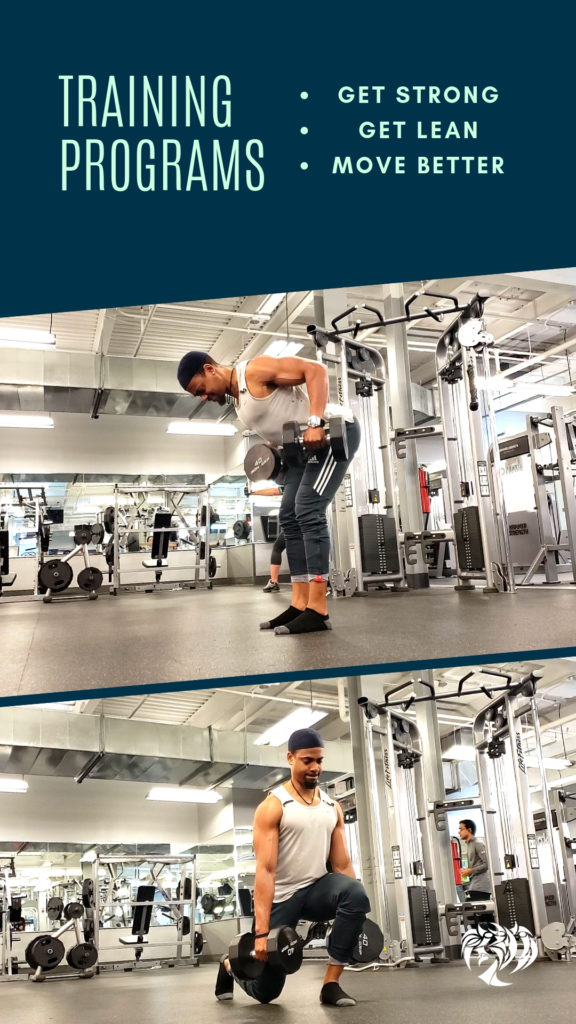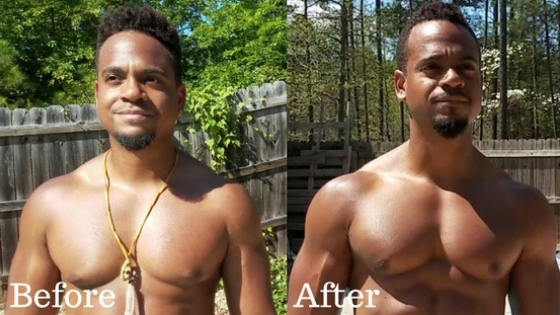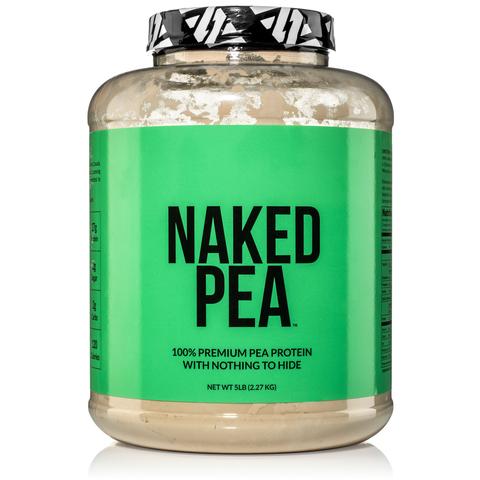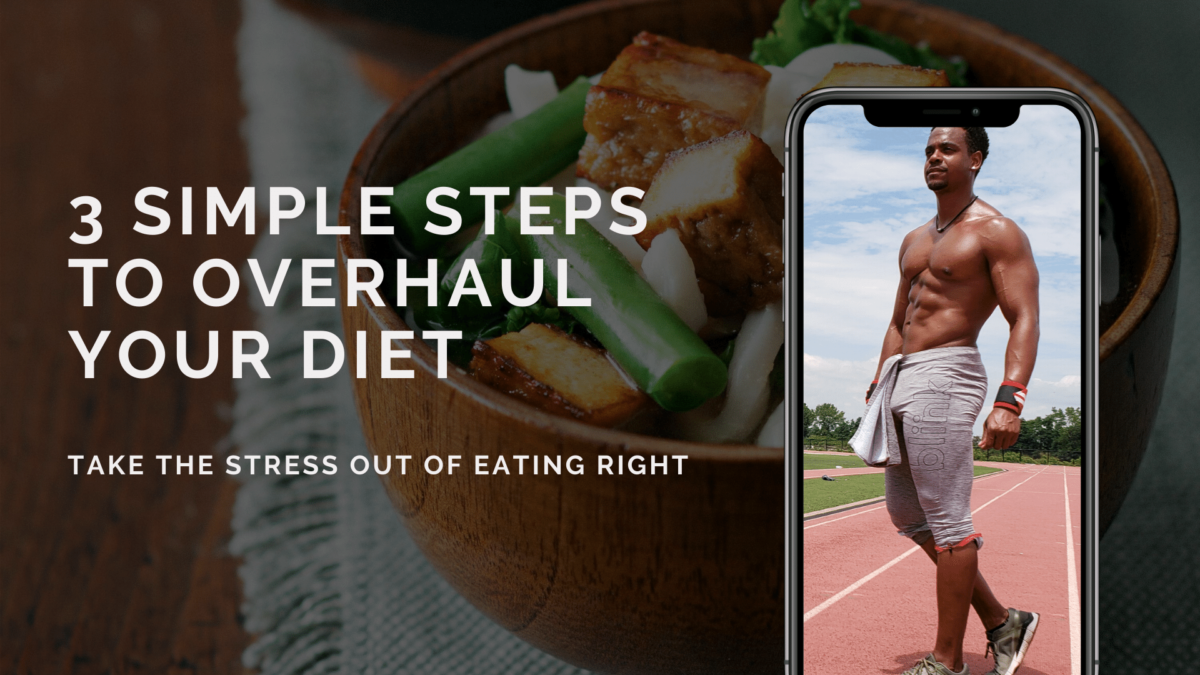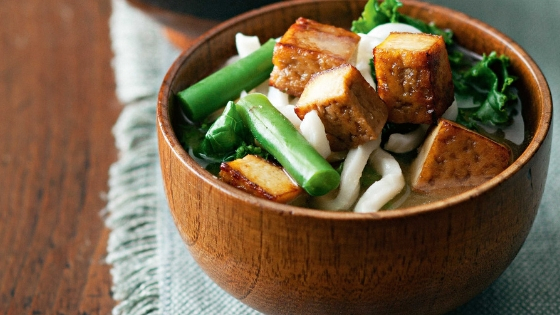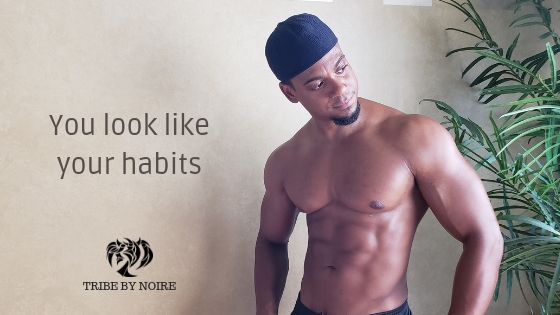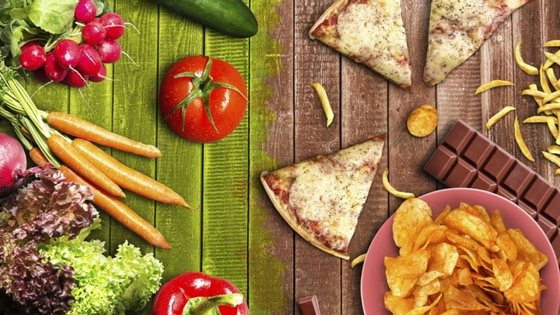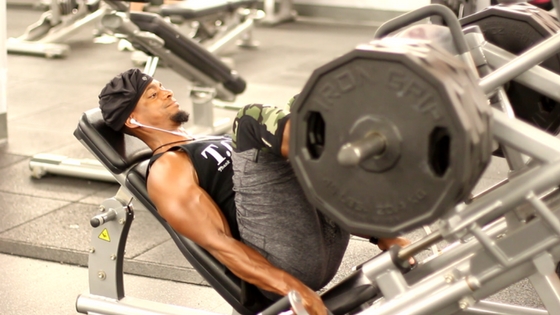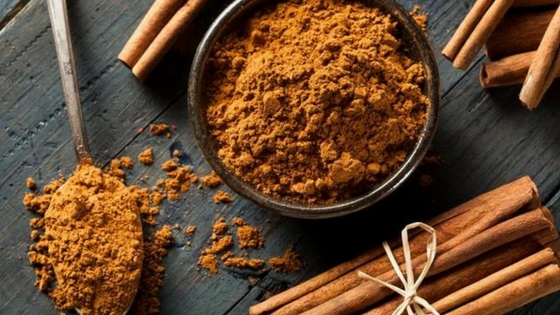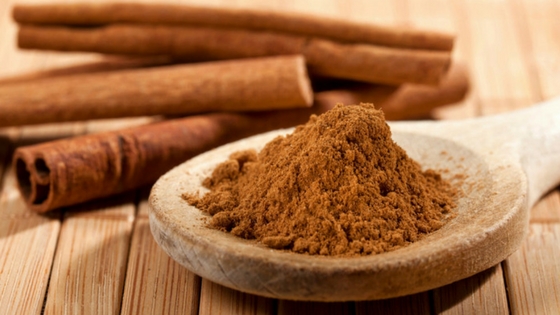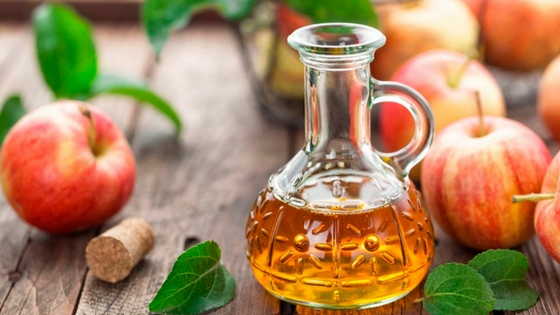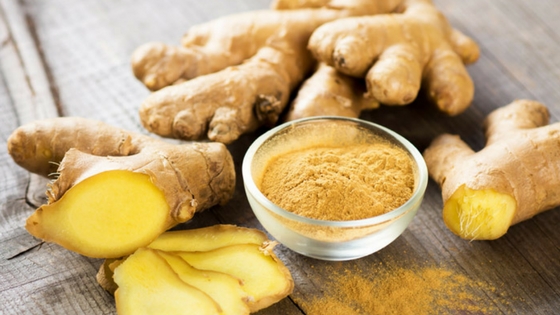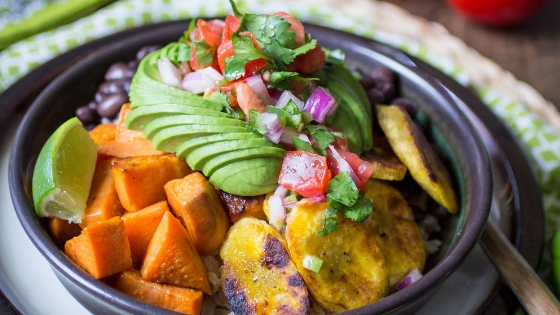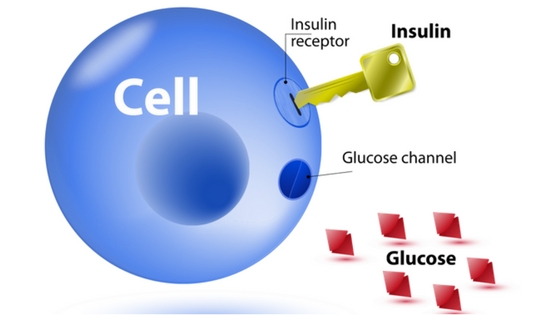In my 10+ years of coaching I’ve learned that excess weight gain is almost exclusively driven by food cravings. When you think of your food cravings, what comes to mind? Maybe it’s sweets like cakes, pies, or doughnuts. Maybe other times it’s heavier things like Mac n Cheese, pizza, or something simpler like chips and dip.
Whatever your cravings are, they all can be traced back to 3 main things.
The 3 Ingredients Of Food Cravings
Sugar | Salt | Fat
Every single one of the foods you crave has at least 2 of these 3 ingredients, I guarantee it.
Understand that this goes way deeper than just taste. These cravings are directly linked to your emotions, chemical reactions in the brain, and the messages that certain gut bacteria and parasites may be sending to your brain.
Let’s start with your emotions
Sugar cravings are driven by a low energy, or low vibrational state. This can be caused by lack of sleep or poor sleep quality, under eating and/or overworking, general feelings of sadness, and depression. Sugar acts on us in 2 main ways.
- Sugar turns into glucose in the body which is our primary source of energy. when energy is low, sugar serves as a quick boost.
- Sugar causes an endorphin release in the brain, which makes us feel good. This ends up turning into a sugar addiction over time.
Salt cravings are driven by anxiety and depression. Studies show that elevated levels of sodium inhibit stress hormones that are normally released in stressful situations. Add crunchy foods to the mix and you have something that is irresistible, like chips.
Fat cravings are a bit different because no one actually craves fat in and of itself. there’s a few different high fat food sources, nuts, avocado, and oil, but there’s one source in particular that ends up being super addictive, dairy.
Ice cream, cheese, and creamer are in almost every single food people typical crave and end up binging on. Dairy has a protein in it called casein which acts on the brain as mild opiate. When processed into cheese, this addictive property becomes heightened. Dr. Neal Bernard refers to it as “dairy crack“
Get Your Fix & Drop Body Fat
I’ve got all kinds of good news for you! To start, I just want to let you know that you don’t have to cut sugar, salt, or fat from your diet. You don’t even have to limit your food intake. No this is not an ad for a special supplement, or meal replacement shake.
All you have to do is find smarter replacement for your sugar, salt and fat and combine them in a way where you can enjoy great taste and eat until you’re full. Let’s talk about sources.
Sugar
A big mistake that people make is trying to cut all forms of sugar from their diet. This is a horrible idea for someone who battles with sugar cravings. The demonizing of sugar in my opinion can create a toxic relationship with food.
Our bodies, especially our brains primarily run on sugar, which is why we need plenty of it. The caveat here is that sugar needs to be packaged with other essential nutrients that regulate it.
Sugar needs to be accompanied with fiber, water, vitamin C, potassium, calcium, and magnesium. All of these nutrients are essential for regulating blood sugar and insulin levels.
It works similar to how car traffic works in terms of speed limits. If there’s nothing regulating the sugar you consume, it’ll all just spill into your blood stream at one time causing a massive spike in insulin levels, follow by a severe drop in blood sugar, ending in an energy crash.
Doing this repeatedly will put you on a chaotic roller coaster that not only shows up on the scale, but also manifests in your mood, and overall health.
Having a stable and gradual release of sugar (glucose) into your bloodstream allows to have more balance and sustained energy levels. In addition this will also inhibit cravings.
So what should your sugar sources be?
The short answer is fruit, sweet juicy fruit! Fruit is nature’s multivitamin and/or medication. A good template is 1 serving of 5 different types of fruit. This can be a mixture of fruits that have a variety of traits.
- sweet (berries)
- mildly sweet (watermelon)
- citrus (orange)
- bitter sweet (grapefruit)
- non sweet (cucumber)
Try to have a variety of colors on your plate like a beautiful painting. The variety insures that you’re getting an abundance of all the nutrients you need while stimulating your taste buds to the fullest extent. Make love to your gut.
Salt
Unfortunately it’s a very common belief that salt is bad for you because it causes hypertension. Some people goes as far as to say you should avoid salt at all costs, but scientific research on this issue shows that this just simply isn’t the case.
When people refer to salt, they’re often talking about sodium, which is is an essential electrolyte that helps maintain the balance of water in and around your cells. It’s important for proper muscle and nerve function. It’s even important to maintain stable blood pressure.
Salt is good stuff, but the source is what makes the difference. Roasted salted nuts are my personal favorite for satisfying that salty and crunchy craving. Peanuts, almonds, cashews, pistachios, walnuts, macadamia nuts, pecans, brazil nuts are all great alternatives to things like potato and corn chips. The main reason for this is the fiber and nutrient content of the nuts. Potato and corn chips are mostly just empty calories that easily lead to over eating.
A second good option is to drizzle a sauce or dressing with a bit of added sea salt, or himalayan salt on to some raw or steamed greens like spinach, spring mix, bok choy, or kale. The sauce can be anything from tahini sauce, to a spicy curry sauce with a bit of lime juice.
Fat
This is probably the biggest struggle because in terms of weight management. You want to lose fat, but you also need to consume fat, so it’s a bit of a love hate relationship. I’m feeling a bit repetitive here, but once again, the source matters.
I almost put fat and salt in the same category because of how well they go together when it comes taste and food combination. For example, the roasted salted nuts I mentioned earlier, which are a great source of fat. Another example guacamole with some added sea salt, or himalayan salt, lime juice, diced onions, and bell pepper. Mixing this in with a few cups of raw or steamed greens is a phenomenal meal that will definitely satisfy the craving for fat and salt.
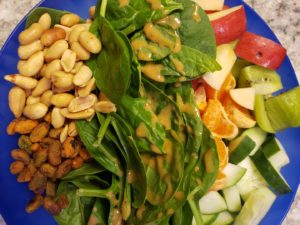
The Objective
Ultimately everything is about food choice. you want to be able to get all of the nutrients you need to reach your goals, and improve your gut health, while still being able to scratch that itch for whatever cravings you may have.
Tribe By Noire

I’ve created this platform to help you become the most powerful version of yourself through fitness, plant based nutrition, and mindset coaching.
copyright © 2020 Tribe By Noire. All Rights Reserved
